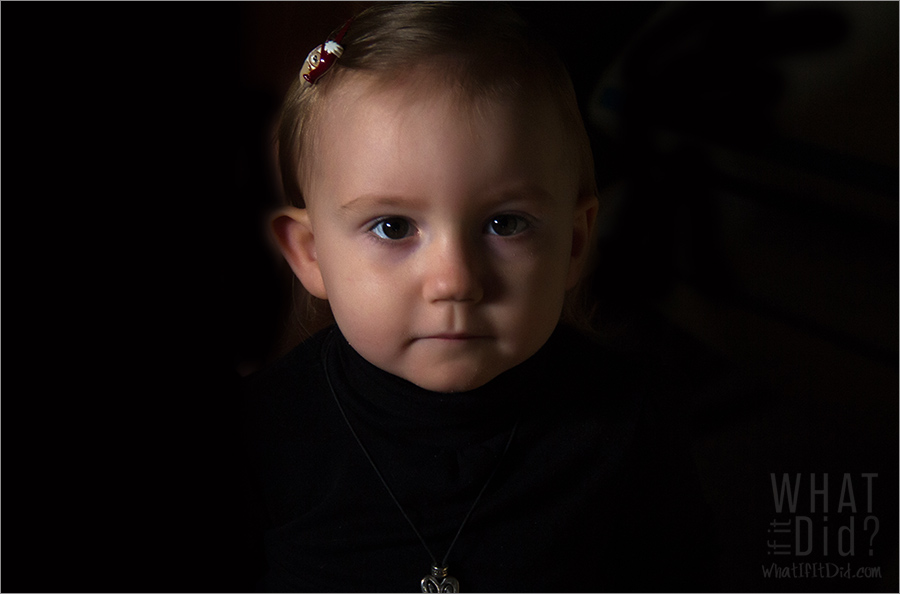Today I spent at least an hour in the AT&T store upgrading phones. Beside me was a customer trying to order a phone for (what I assume was) her daughter who appeared to be probably 12 or 13. I heard the girl singing along with a Christmas tune and smiled her way. It wasn’t long before she was standing closer to me and not much longer until she struck up a conversation.
She lives on a farm, shows pigs at the fair and is in 4H. I asked her about FFA (of course, with my brother’s roots in this fine organization, I couldn’t resist) and she explained that she wasn’t old enough to join yet – but was looking forward to it. One of the adults with her then spoke up… she knew me, and I recognized her once she spoke as well. As soon as the girl knew it was really ok to talk “personal” with me, I looked at a bajillion pig pictures and acted really interested. I even promised to visit her at the fair (5th booth on the left). When another customer clicked a display phone causing it to blare loudly in the store and was openly embarrassed, I heard this girl tell her, “Don’t worry about it. I did the same thing earlier.”
So here’s what I think is cool about the whole scenario… a very articulate 12 or 13 year-old girl was interested in talking to an adult about her interests. She smiled at others and was extremely personable. I’m telling you guys, this little girl is going to have a bright future! I personally think it’s a huge pointer as to how she is being raised, and the exposures she has in her life experiences. So many times kids that age are barely polite, have nothing to talk about — and wouldn’t want to talk to an adult about anything anyway. I credit her wonderful character and even her beautiful smile to two basic things — a combination of proper parenting and involvement in programs designed to shape future leaders and innovators.
Something I didn’t know and found on the 4H website:
A study conducted by the Institute for Applied Research in Youth Development at Tufts University, shows youth engaged with 4-H are:
- Nearly two times more likely to get better grades in school;
- Nearly two times more likely to plan to go to college;
- 41 percent less likely to engage in risky behaviors; and
- 25 percent more likely to positively contribute to their families and communities.

